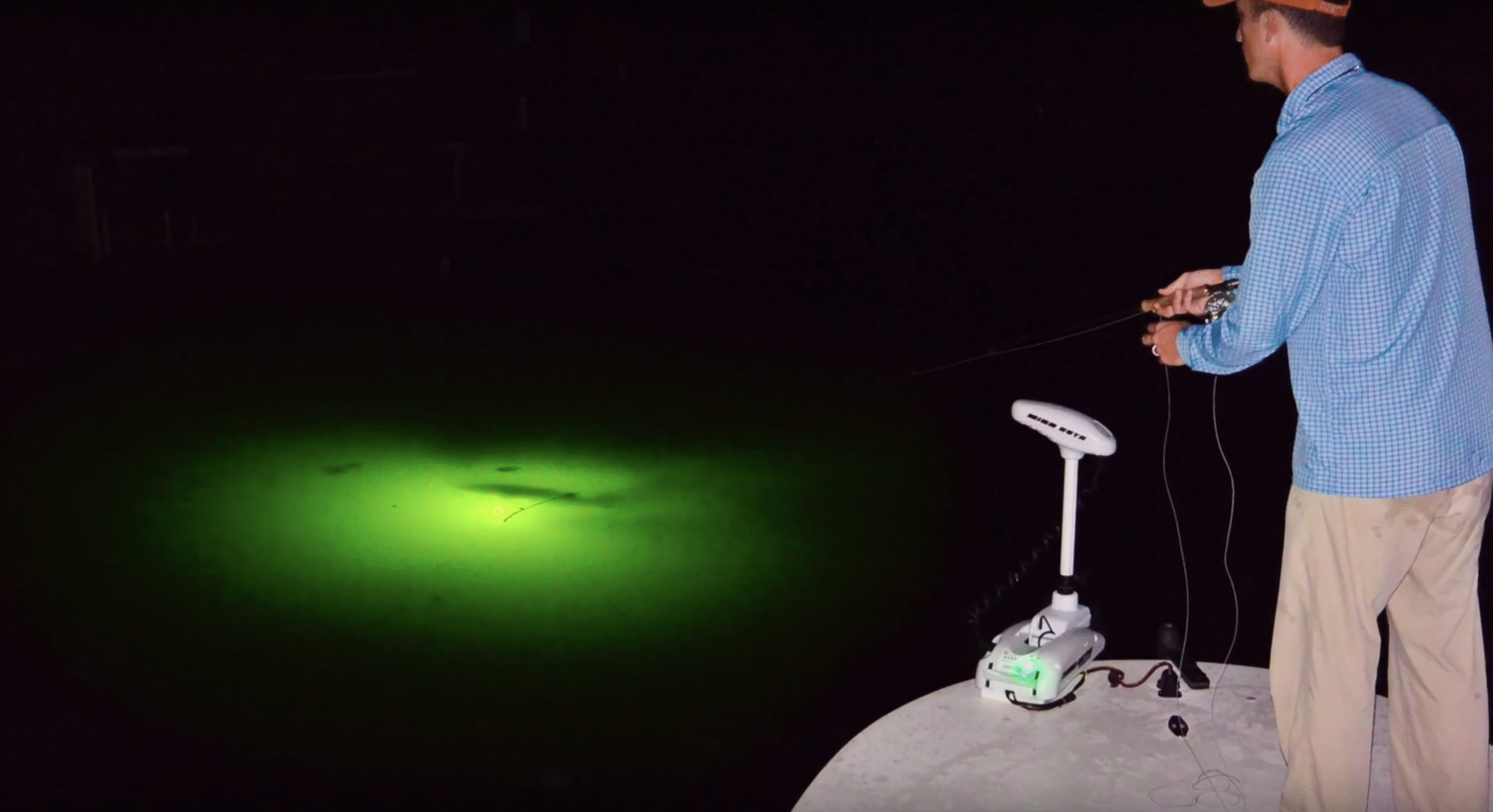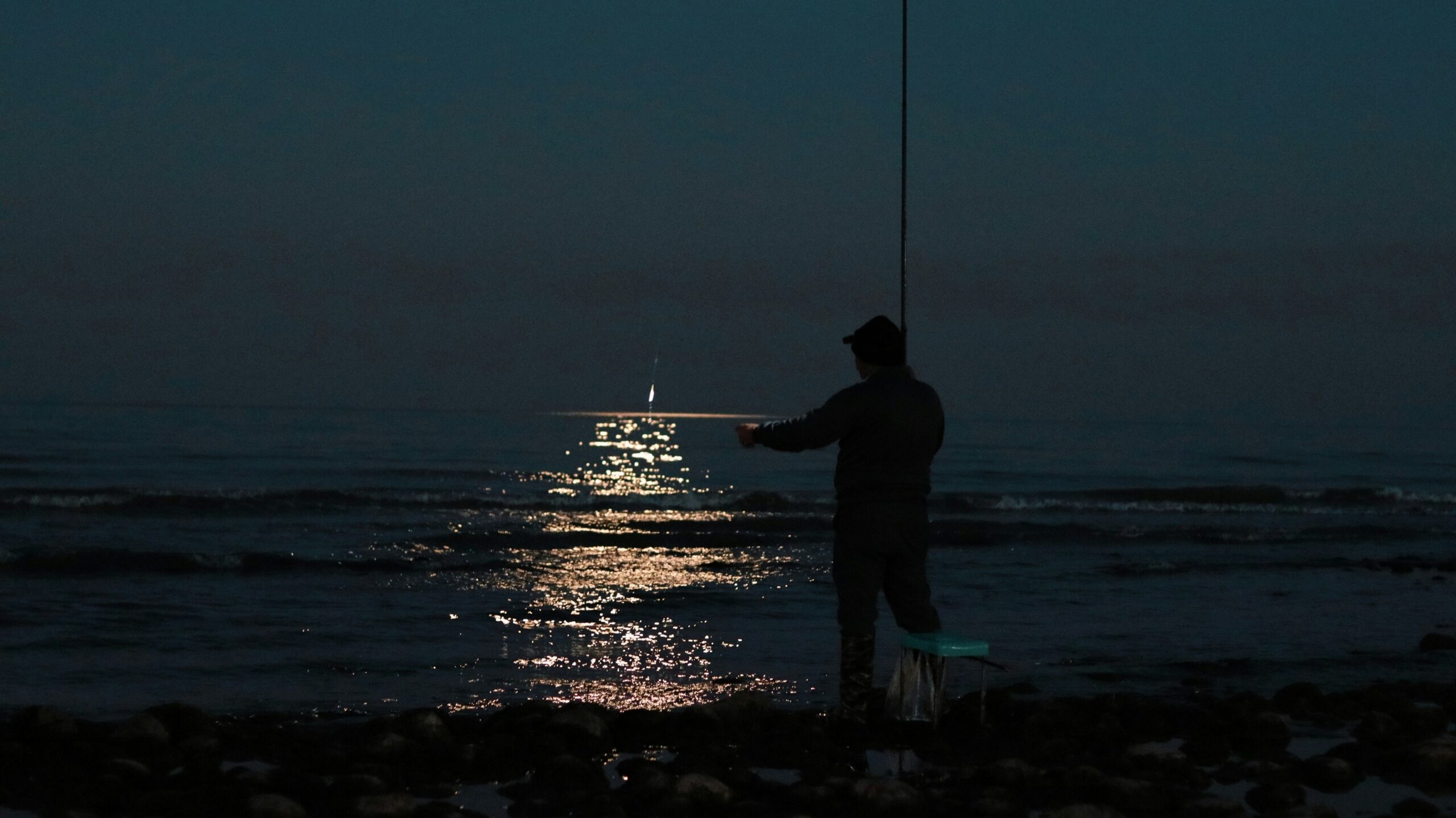Why Is It Better to Fish at Night? Top Reasons, Science, and Tips for Night Fishing Success
There’s something magical about casting a line under the stars. Whenever I head out for a night of fishing I can feel the world slow down and the water come alive in a whole new way. The quiet darkness brings a sense of adventure that daytime trips just can’t match.
I’ve learned that fishing after sunset isn’t just about the peaceful atmosphere. The fish themselves seem to wake up when the sun goes down making every bite more exciting. If you’re looking for better catches and a fresh experience night fishing might just be the game-changer you need.
The Science Behind Night Fishing

I find that science plays a major role in making night fishing productive. Changes in fish behavior and natural factors at night increase my success rate.
How Fish Behavior Changes After Dark
Fish alter their routines after sunset as light levels fall. Predatory species like bass, walleye, and catfish hunt more actively in low light, using their advanced senses to track prey. Smaller baitfish, such as shad and minnows, move closer to shorelines at night for safety, which attracts predators.
| Species | Night Activity | Senses Used |
|---|---|---|
| Bass | Increased hunting | Lateral line, vision |
| Catfish | Bottom roaming | Barbels, smell |
| Walleye | Shoreline stalking | Enhanced night vision |
Predators gain an advantage over prey during nighttime, which increases my catch rates.
Water Temperature and Oxygen Levels
Water temperature and oxygen levels stabilize after dark, creating optimal conditions for fish movement. During the day, surface layers warm up from sunlight, decreasing oxygen in shallow zones and making fish lethargic. At night, surface water cools and mixes with deeper layers, distributing oxygen more evenly.
- Cooler surface temperatures draw fish closer to banks or shallows overnight
- Equalized oxygen levels improve fish metabolism and feeding response
| Time of Day | Avg Surface Temp (°F) | Oxygen Distribution | Fish Activity Level |
|---|---|---|---|
| Day | 75–85 | Uneven | Low to moderate |
| Night | 65–75 | Even | High |
Advantages of Fishing at Night
Night fishing offers tangible benefits compared to daytime outings. I experience quieter waters, better odds of landing trophy catches, and greater comfort with less exposure to heat.
Less Competition From Other Anglers
Fewer anglers head out after sunset, so I find most popular spots nearly empty. Boat ramps, shorelines, and piers are less crowded, allowing me to access prime locations without pressure or noise.
Comparison Table: Angler Activity by Time of Day
| Time | Angler Activity Level | Access to Prime Spots |
|---|---|---|
| Daytime | High | Limited |
| Nighttime | Low | Excellent |
Increased Chance of Catching Bigger Fish
Predatory fish species like striped bass, catfish, and walleye become more aggressive at night. I target feeding grounds where these fish hunt, increasing my chances of hooking larger specimens. After dark, boat traffic drops and predators move closer to shorelines, following the patterns of smaller baitfish.
Reduced Sunlight and Cooler Temperatures
Limited sunlight minimizes my risk of sunburn and heat exhaustion. Water temperatures drop slightly after sunset, stabilizing oxygen levels and prompting fish activity. Cooler air improves comfort and helps me fish for longer periods without fatigue.
Essential Tips for Successful Night Fishing

Optimized strategies increase catch rates during night fishing sessions. Careful gear selection and safety always enhance the experience when targeting active predatory fish after sunset.
Choosing the Right Gear and Bait
Specialized equipment improves night fishing efficiency. I use the following essentials for consistent results:
| Gear/Bait Type | Purpose | Example Species Targeted |
|---|---|---|
| Headlamp/LED Lantern | Reliable hands-free lighting | All species |
| Glow-in-the-dark Lures | Improved night visibility | Bass, walleye, catfish |
| Noisy Topwater Baits | Attracts fish via sound/vibrations | Bass, pike |
| 8-15 lb Test Line | Strong, abrasion-resistant | Mixed freshwater gamefish |
| Live Bait (Nightcrawlers, minnows) | Natural scent/realism | Catfish, bass, walleye |
Reflective tape on rods and nets also boosts visibility. Scented soft plastics or cut bait increase action, especially for catfish and walleye. Slow retrieves and consistent bait movements attract predatory fish patrolling low-light areas.
Safety Precautions for Nighttime Anglers
Vigilance and preparation reduce risks during nighttime fishing. I stick to these safety measures:
- Carry fully charged headlamps, backup flashlights, and extra batteries.
- Wear a personal flotation device, especially near deeper water or from boats.
- Inform someone about my planned location and return time.
- Keep a basic first-aid kit and phone within reach for emergencies.
- Stay organized with minimal gear clutter to prevent tripping hazards.
- Mark my vehicle and gear with reflective tape for easy identification.
The following checklist summarizes nighttime fishing safety protocol:
| Safety Measure | Details |
|---|---|
| Lighting Equipment | Headlamp, flashlight, batteries |
| Communication | Cell phone, inform friend/family |
| Personal Protection | PFD, insect repellent, weather-approp. wear |
| Emergency Prep | First-aid kit, whistle |
| Site Awareness | Map/compass, marked paths, local regulations |
Strategic preparation ensures comfort and safety, letting me focus fully on capitalizing on increased fish activity after dark.
Popular Fish Species to Target at Night
Certain fish species become especially active and aggressive after sunset, making nighttime ideal for targeting popular gamefish. I focus on species with heightened feeding behavior in low light, maximizing success rates for anglers.
Catfish
Catfish use their enhanced senses to hunt prey when visibility drops. I often spot channel, blue, and flathead catfish (Ictalurus punctatus, Ictalurus furcatus, Pylodictis olivaris) feeding aggressively during warm night hours. Cut bait, chicken liver, and stink baits attract catfish effectively after dark. Catfish inhabit river bends, deep holes, and lake flats, increasing strike probability near submerged structures.
Table 1: Common Nighttime Catfish Hotspots
| Location Type | Key Features | Bait Example |
|---|---|---|
| River bends | Oxygen-rich, debris-filled | Cut shad |
| Lake flats | Shallow, warm waters | Nightcrawlers |
| Deep holes | Slow current, deep cover | Stink bait |
| Bridge pilings | Shadowed, structure-protected | Chicken liver |
Bass
Bass, both largemouth (Micropterus salmoides) and smallmouth (Micropterus dolomieu), become more aggressive after dusk. I catch trophy bass using noisy topwater lures, spinnerbaits, and soft plastics around docks, weedlines, and rocky points. Night’s cooler temperatures drive bass into shallow feeding zones, reducing competition from other anglers and increasing catch rates.
Walleye
Walleye (Sander vitreus) rely on their excellent low-light vision to ambush prey near shorelines and rocky structures. I fish for walleye at night by trolling crankbaits or casting jigs along drop-offs and around points with current. Walleye leave deeper waters, feeding intensively from twilight through dawn, allowing anglers to target them closer to the bank.
| Lure Type | Technique | Prime Locations |
|---|---|---|
| Crankbait | Slow trolling | Rocky shorelines, drop-offs |
| Jig + soft bait | Cast and retrieve | Points, edges of weeds |
| Blade bait | Vertical jigging | Bridge aprons, current breaks |
Conclusion
Night fishing offers a sense of adventure and a peaceful escape that I just can’t find during the day. The combination of cooler temperatures, less competition for the best spots, and the thrill of targeting aggressive nocturnal fish makes every trip memorable.
With the right preparation and a focus on safety, I’ve found that fishing after dark consistently delivers more rewarding experiences. If you’re looking to elevate your angling game and enjoy the quiet beauty of the night, there’s no better time to cast a line.
Frequently Asked Questions
What are the main benefits of night fishing?
Night fishing offers quieter waters, less crowded fishing spots, and lower risks of sunburn or heat exhaustion. Additionally, predatory fish like bass, catfish, and walleye become more active after dark, increasing your chances of landing bigger catches.
Why are fish more active at night?
At night, water temperatures and oxygen levels stabilize, making fish more comfortable and motivated to feed. Predatory fish use their advanced senses to hunt, while baitfish move closer to shore, creating ideal conditions for a productive fishing trip.
Which fish species are best targeted at night?
Catfish, bass (both largemouth and smallmouth), and walleye are top species for night fishing. They tend to feed more aggressively in low light, improving your odds of a successful catch.
What gear is essential for night fishing?
Important night fishing gear includes headlamps, glow-in-the-dark lures, noisy topwater baits, extra lighting, and personal flotation devices. These tools improve efficiency, visibility, and overall safety after dark.
How can I stay safe while fishing at night?
To fish safely at night, bring extra lights, wear a life jacket, stay organized, and let someone know your plans. Stay alert to your surroundings and keep necessary safety gear within reach at all times.
Are there specific spots that are better for night fishing?
Yes, river bends, deep holes, docks, and rocky points are especially productive at night, as baitfish and predatory species often gather there after dark.
Does night fishing require special techniques?
Yes. Use noisier baits, slow presentations, and focus near shorelines where fish hunt at night. Glow-in-the-dark lures and topwater techniques often work best in low-light conditions.
